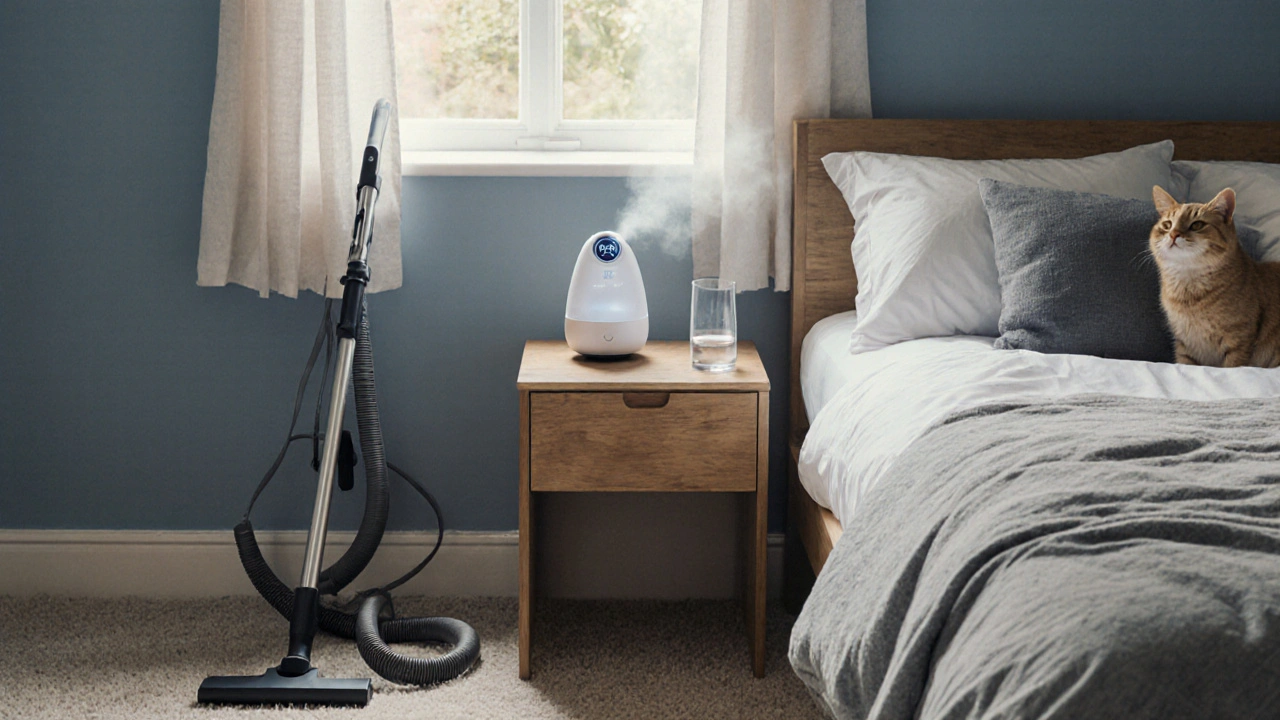How to Reduce Eczema Triggers – Simple Steps to Soothe Your Skin
If you’re tired of itchy, red patches popping up at the worst times, it’s time to hunt down the things that set off your eczema. The good news is most triggers are everyday items, and with a few tweaks you can cut down flare‑ups without drastic changes.
Identify Your Personal Triggers
Everyone’s skin reacts a little differently, so start by keeping a short diary. Write down what you ate, wore, and where you were each day you notice a flare. After a week you’ll often see patterns – maybe a new laundry detergent, a certain food, or even stress at work.
Common culprits include:
- Harsh soaps or body washes with fragrances.
- Rough fabrics like wool or synthetic blends.
- Household cleaners that contain dyes or alcohol.
- Foods high in nickel, dairy, or eggs (these affect some people).
- Extreme temperatures – too hot showers or freezing winds.
When you spot a suspect, try removing it for a few days and see if your skin calms down. If it does, you’ve found a trigger.
Everyday Habits to Keep Eczema in Check
Once you know what to avoid, add these simple habits to your routine:
1. Choose gentle, fragrance‑free products. Look for labels that say “hypoallergenic” or “for sensitive skin.” Use a mild, non‑soap cleanser and rinse with lukewarm water.
2. Moisturize right after bathing. Pat your skin dry, then slather on a thick cream or ointment within three minutes. This locks in moisture and creates a barrier against irritants.
3. Switch to soft fabrics. Cotton, bamboo, or silk are usually safe. If you must wear wool, wear a thin cotton layer underneath to reduce friction.
4. Wash clothes in gentle cycles. Use a fragrance‑free detergent and add a cup of white vinegar to the rinse cycle – it helps remove residue that can itch your skin.
5. Keep nails short. Scratching can worsen inflammation and lead to infection. If the itch is intense, try a cold compress or an over‑the‑counter anti‑itch cream.
6. Manage stress. Stress hormones can flare eczema. Simple breathing exercises, short walks, or a quick meditation can keep the nervous system calm.
7. Watch your diet. If a food diary points to a trigger, talk to a nutritionist about an elimination plan. Adding omega‑3 rich foods like salmon or flaxseed can also support skin health.
Remember, the goal isn’t to live in a bubble but to make everyday life easier on your skin. Small, consistent changes often bring the biggest relief.
Keep experimenting, stay patient, and celebrate the days when your skin feels comfortable. With the right habits, you’ll notice fewer flare‑ups and more confidence in your daily routine.

